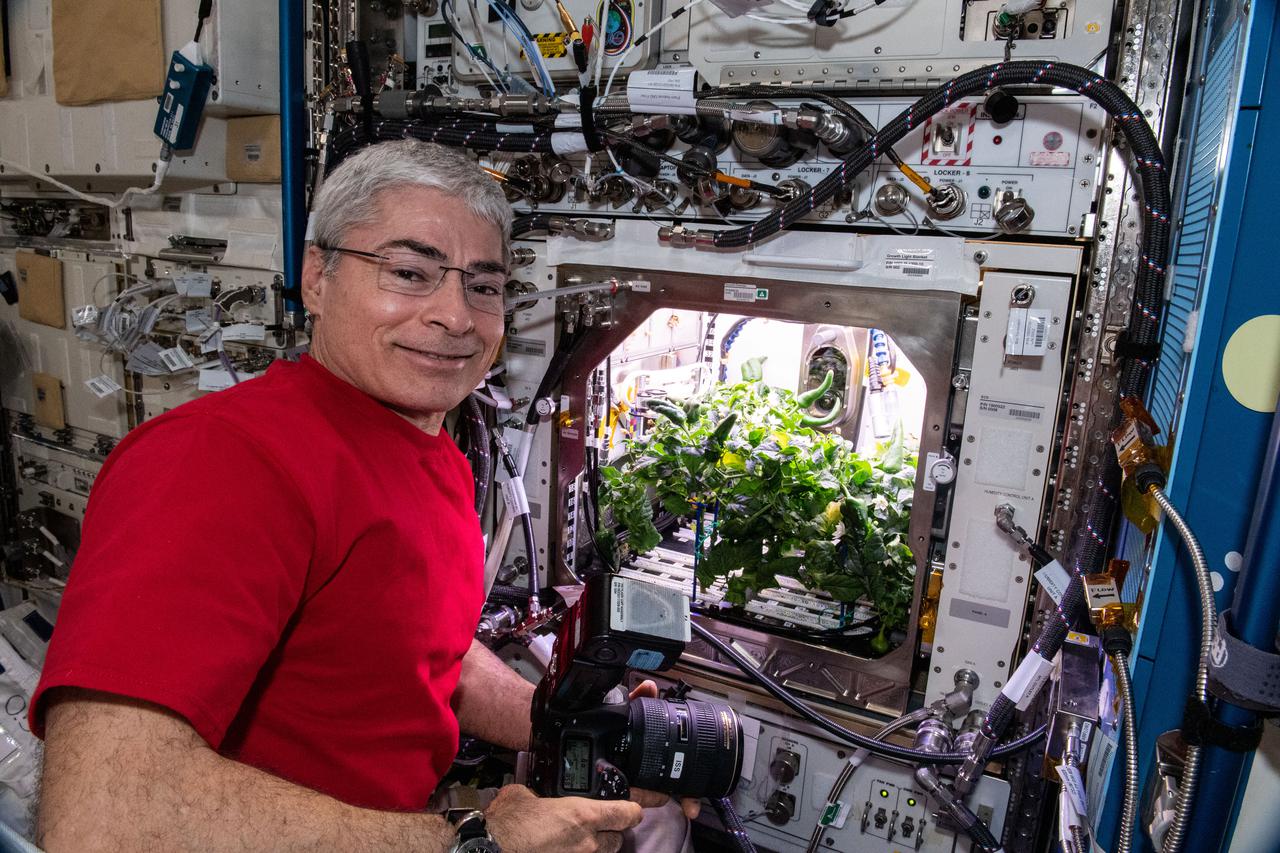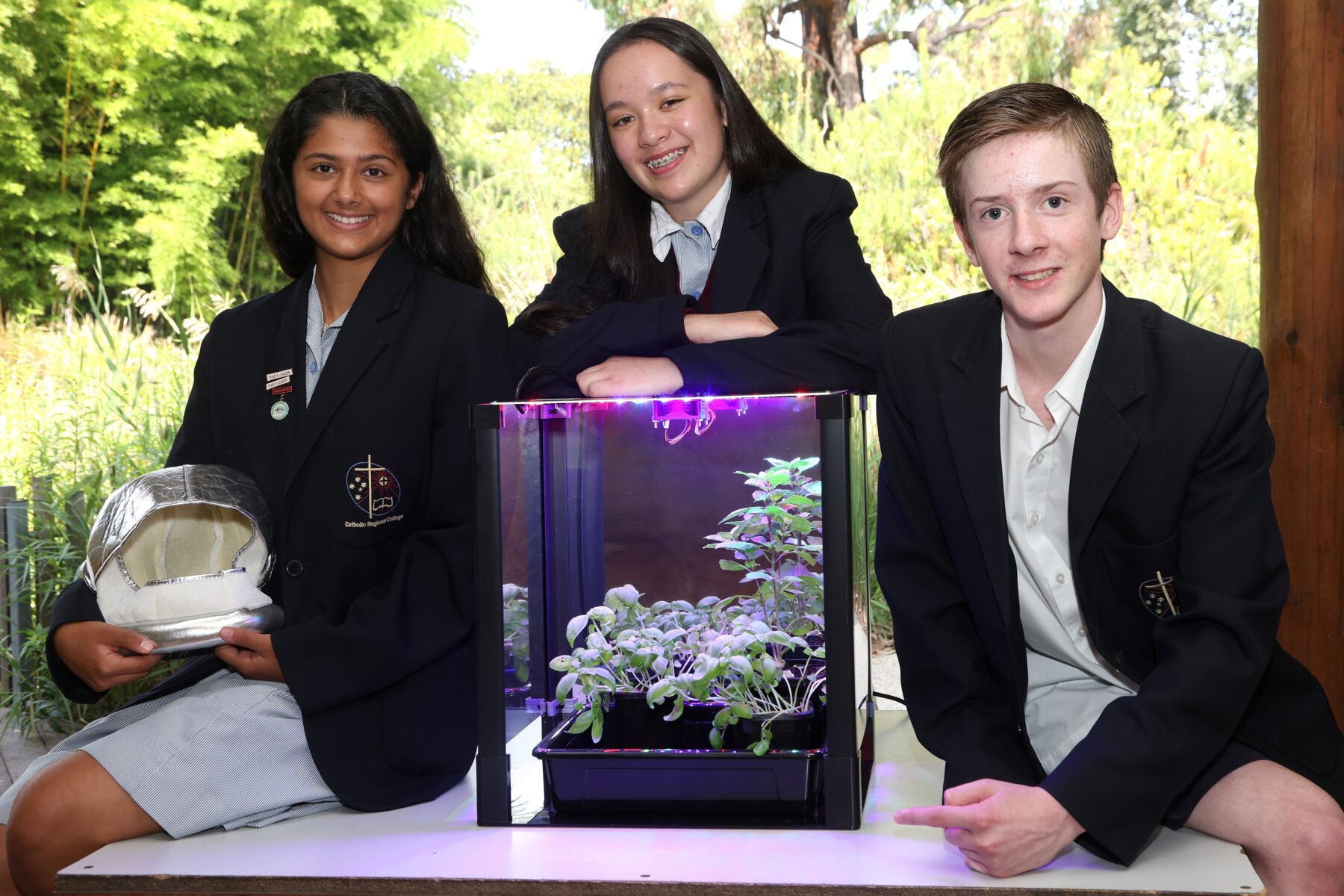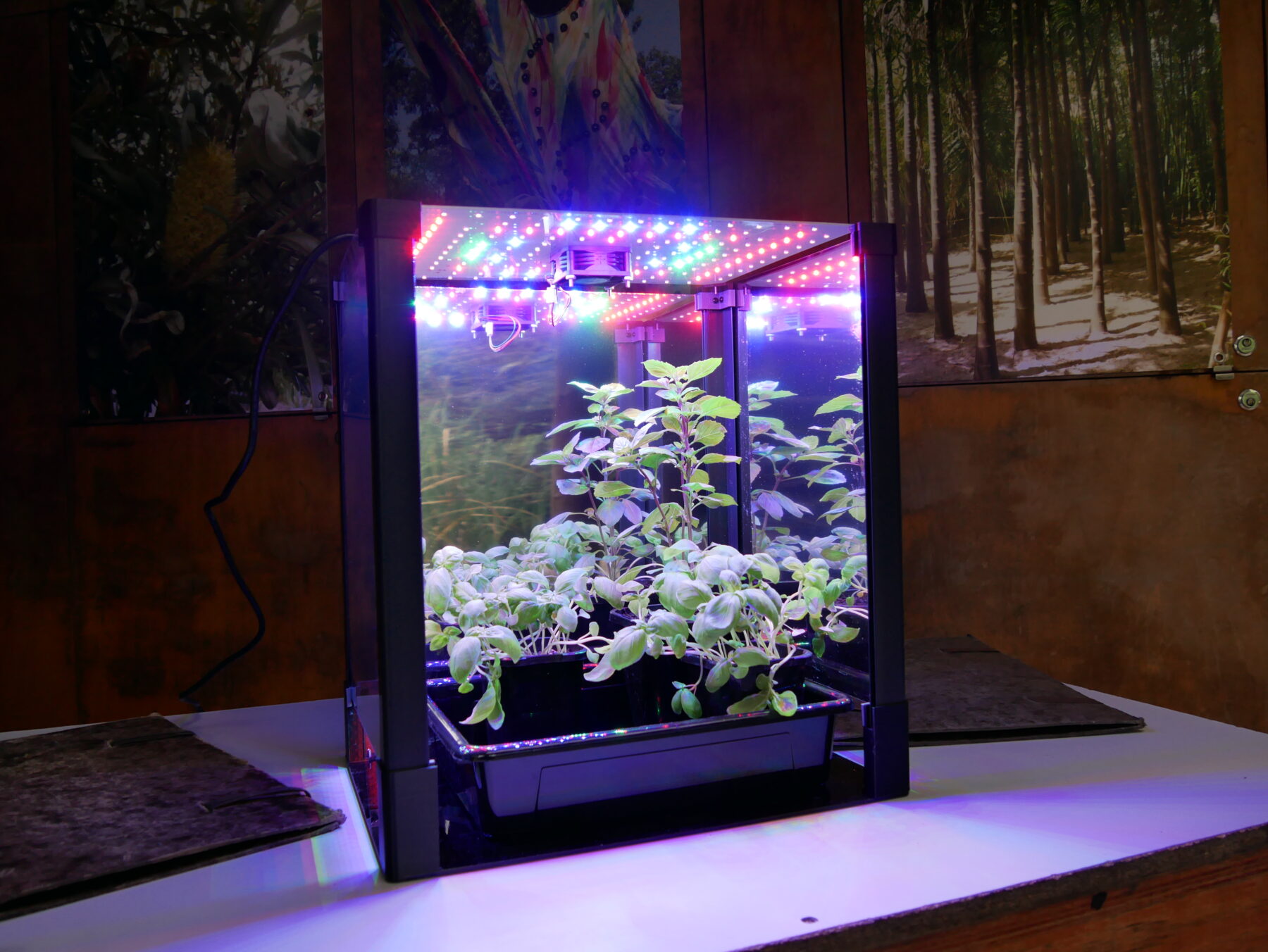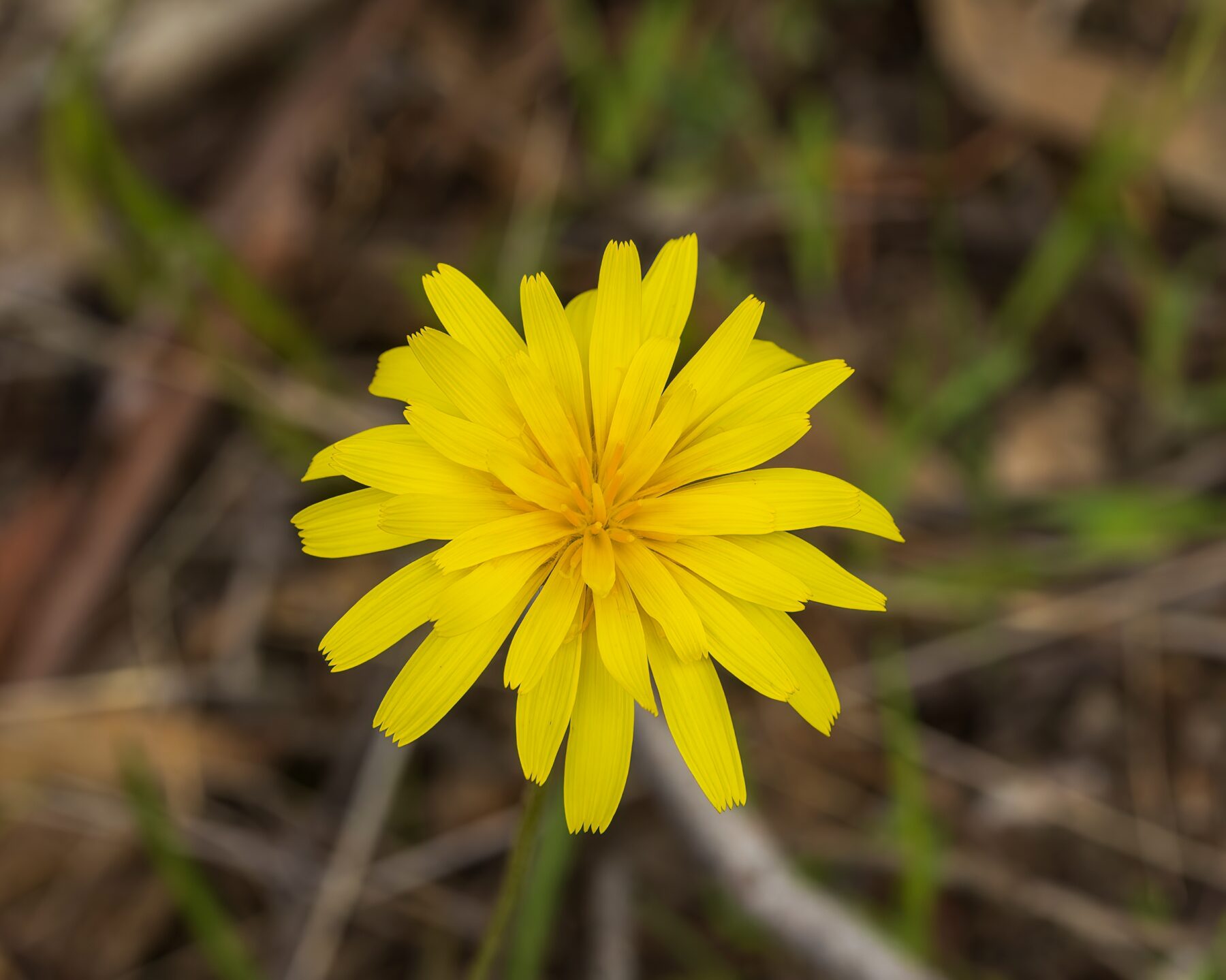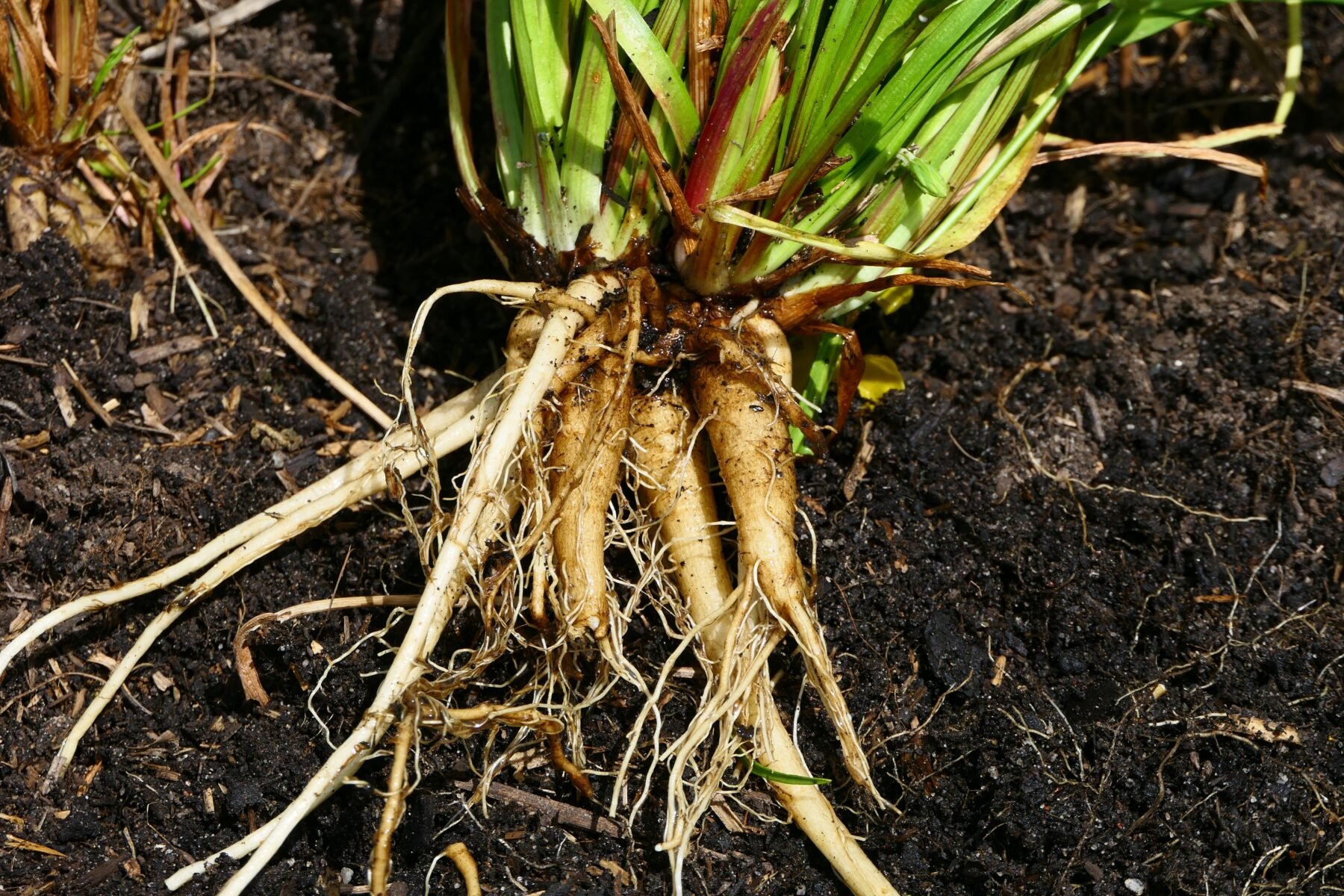Aussie bush tucker could nourish NASA astronauts in space
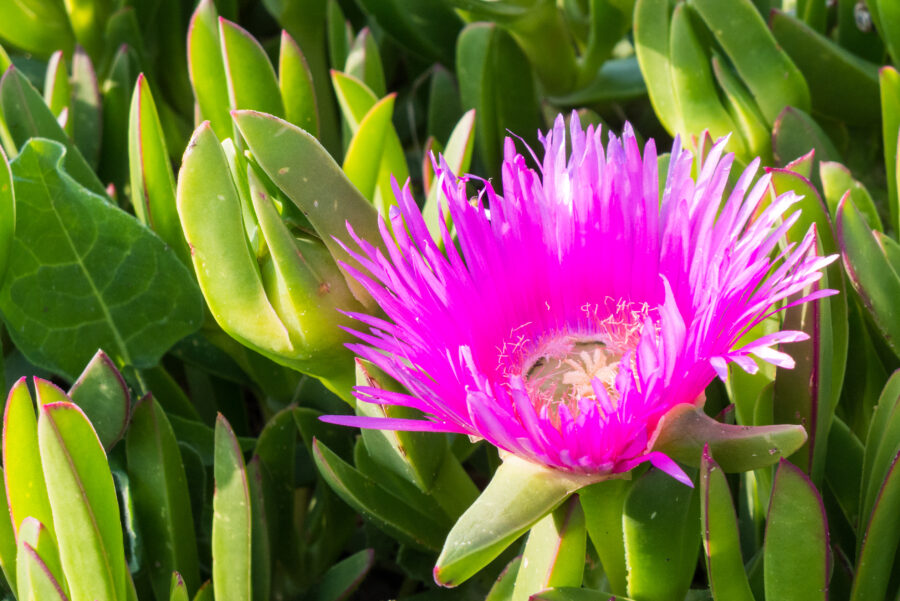
In a project headed by Royal Botanic Gardens Victoria, Australian bush tucker is being investigated as a nutritious food option to sustain astronauts in space.
Humans need a mix of food flavours, textures and colours to make sure they’re well-nourished, enjoy food and feel satisfied at the end of a meal. But variety is hard to supply in space.
That’s where the Royal Botanic Gardens Victoria comes in to is lead the Australian pilot of Growing Beyond Earth(GBE), a program designed and implemented by Fairchild Tropical Botanic Garden in the United States.
It’s a citizen science venture in which schools are helping NASA find plants to grow in space.
“We bring schools into the Gardens and talk with them about the plants we think might be suitable,” explained Victoria’s Botanic Gardens Director Tim Entwisle.
“Then we show students how to test plants in growth chambers that mimic the growth system on the International Space Station (ISS).
“The idea is to file out some potential bush foods. We’ll be connecting with local Traditional Owners so they can suggest plants that might be suitable.
“If regional schools get involved, they could be working with their local communities and local plants.”
Selecting for space
Grow your own is the only option for a regular supply of fresh produce during long-haul space flights and for human habitations beyond Earth. Plants will certainly be needed for a mission to Mars.
But what makes a good space plant?
“They’ll be varieties that grow well, are very productive, and are delicious and nutritious,” NASA Space Crop Production Scientist Gioia Massa told students in a GBE webinar.
Size matters . . . and it helps to be tough
Plants and their growing systems must also be compact.
There’s not much room available on the ISS where plants get space-tested after first being extensively screened on Earth. And there won’t be much room in Martian greenhouses either.
To fit the bill, GBE participants in Australia will be on the lookout for low-growing bush tucker that will fit comfortably in their growth chambers.
To make it as a space food, a plant must grow easily from seed and quickly produce a good crop in space’s harsh environment.
“They want plants that use less resources, less water: very, very tough, tolerant plants,” Tim said. “We think some Australian plants might offer that.”
Plants from Australia’s arid inland areas might even be ‘pre-adapted’ for use in space.
These plants evolved in nutrient poor soil subjected to frequent droughts, so can thrive where water and nutrients are in short supply.
Kutjera, or bush tomato, which is a central Australian eggplant relative known for its raisin-like fruit is just one bush tucker plant Botanic Gardens staff think may have space crop potential.
Nutritional needs
‘Pick and eat’ crops such as salad greens have so far attracted most of NASA’s attention.
They’re quick to grow and don’t need cooking. But they don’t provide a lot of energy.
“It’s not the salad that has the calories, it’s the salad dressing,” quipped Gioia during the GBE webinar. Although they’re low in energy, it’s their nutrient hit that gets leafy greens over the launch line.
Space is hard on the body and mind. Astronauts lose bone and muscle mass and have increased risk of cancer and degenerative diseases. And isolation in space can lead to depression.
Unfortunately, not only are space diets usually dull, but pre-packaged foods are also low in the essential vitamins and minerals that can help ward off physical and mental illness.
Fresh fruits and vegetables are high in those nutrients.
“Plants are molecular architects,” explained Trent Smith, NASA Technology Transfer Program Manager. “They can provide these nutrients if you grow them and eat them.”
Take warrigal greens for instance. It’s an edible native Australian ground cover with a taste and nutritional value like English spinach.
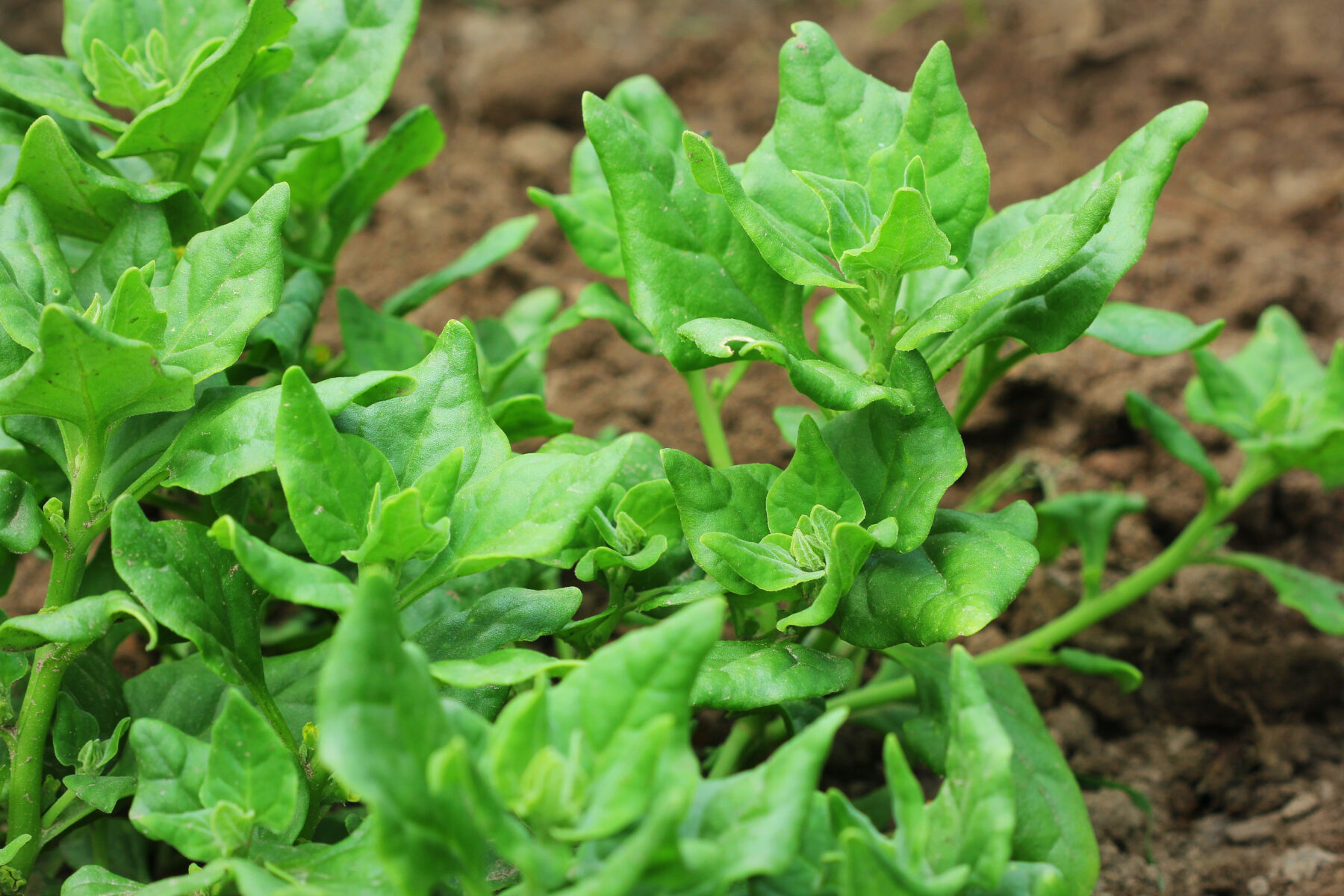
Well-known for its anti-scurvy vitamin C, this hardy plant is also a good source of potassium, magnesium, calcium, iron and zinc.
Karkalla, or pigface, is an Aussie coastal succulent with juicy, edible leaves, flowers and fruit, that’s another bush tucker high in potassium, magnesium, and calcium.
Both karkalla and warrigal greens are worth considering for space production Botanic Gardens staff suggest.
But not much is known about the nutritional properties of most Australian bush foods. That’s where a Botanic Garden’s partnership with the La Trobe Institute of Agriculture and Food comes in.
“Once we have a plant with a good growth rate that we know will survive, the Institute can analyse its nutrient value,” Tim explained.
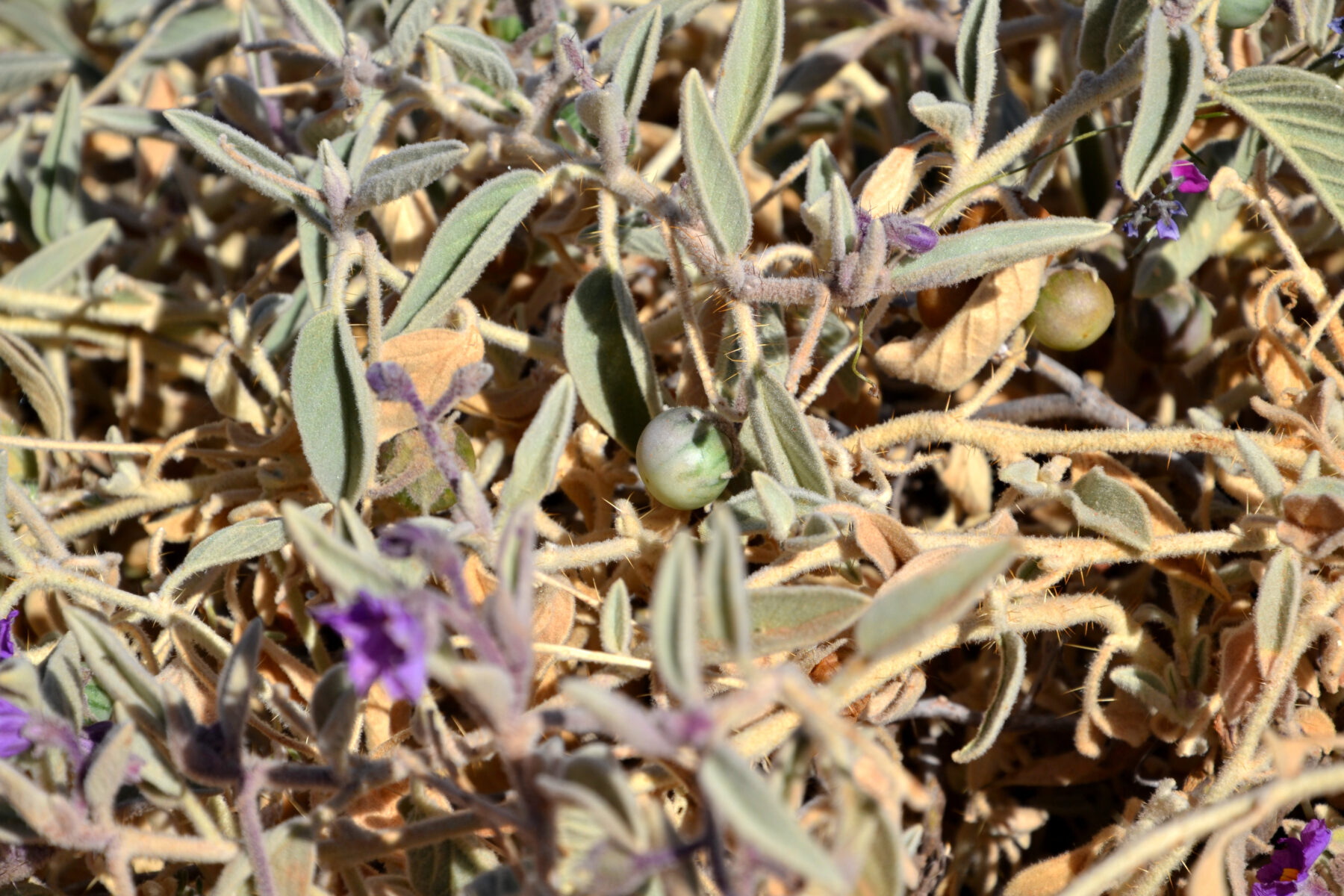
Variety is the spice of life
Enjoyable food is much more than nutrition. It’s also about variety, so we don’t get bored with our diet.
“I think it’s interesting to think about foods’ physical characteristics,” Tim said, pondering what bush foods offer. “It might be a saltbush or pigface plant that has a different texture.
“Bush tomatoes can give you fruits and warrigal greens can give you greens, but it might be tubers in some of the yam daisies. It’s looking for those different aspects.”
Who knows?
One day the distinctive flavours and textures of Australia’s bush tucker might infuse International Space Station food or even add zing to Martian cuisine.
